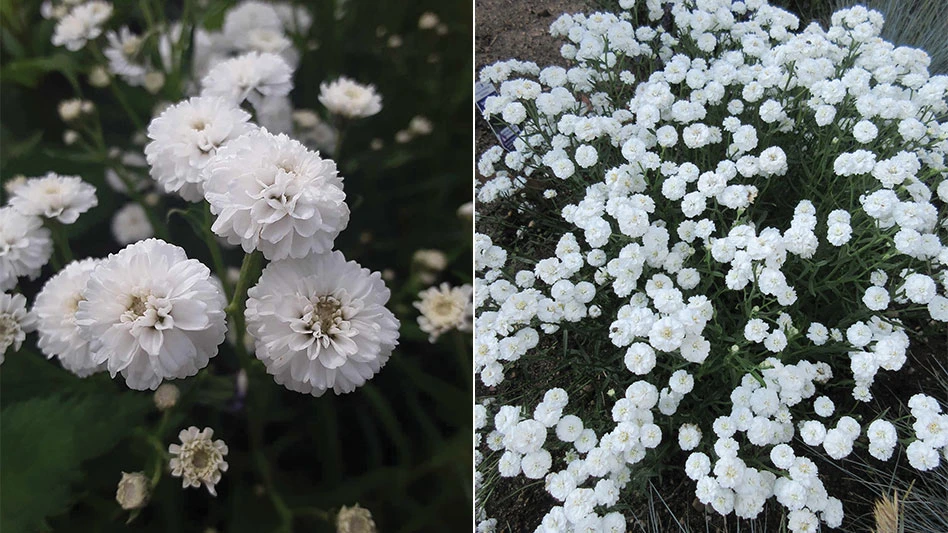For most green roof applications, 4 inches of planting medium is the standard depth specified in the majority of projects. This depth of planting medium generally strikes a good balance among four factors always important in green roof design: (1) weight load on the rooftop; (2) the rate of stormwater retention and subsequent water release; (3) plant suitability; and (4) plant diversity.
Research has demonstrated that 4 inches is optimal for stormwater retention. At 4 inches deep, the capacity of a green roof to hold water during rain, combined with the rate of evaporation and drying of the medium before the next rain, minimizes the net amount of runoff.
But 6-8 inches of planting medium expands plant palettes suitable for arid climates, said Dave MacKenzie, horticulturalist and president of LiveRoof LLC in Spring Lake, Mich. Increased planting medium depth makes green roofs more practical in the hotter, drier portions of the Southwest, where the thermal performance of green roofs is especially beneficial for reducing energy use and costs for air conditioning.
In more moderate climates, wider plant variety can enhance green roof applications and boost green roof benefits, especially for habitat enrichment and increasing biodiversity. Taller and more dramatic plants, such as drought-tolerant grasses and native and adapted perennials (like coneflower, Rudbeckia and aster), are viable with 6-8 inches of planting medium.
“Growers, landscape architects and green roof designers can use the broader palette of hardy perennials that can be grown in 6-8 inches of soil to create the look of more traditional garden settings or establish native prairie landscapes on the rooftop,” MacKenzie said.
N.A.T.S. Nursery Ltd. in Langley, British Columbia, Canada, customized a special mix, the Wild West Sun Mix, for three sections of green roof on a dormitory at the University of British Columbia. Like all LiveRoof licensed regional growers, N.A.T.S. applied its local horticulture expertise and knowledge of specific microclimates to develop plant choices that meet the particular sustainability requirements and aesthetic goals of each project. N.A.T.S. delivered LiveRoof Deep Modules (6-inch soil depth) fully vegetated with the Wild West Sun Mix. It combines 18 species, including Campanula rotundifolia, Fragaria chiloensis, Castilleja miniata and Aster alpigenus.
“The species in our Wild West Sun Mix are native to the Pacific Northwest. They feature a wide range of flowering times to reveal changing blasts of seasonal color visible from the residence hall,” said Andrea Martinello, LiveRoof sales specialist at N.A.T.S. Nursery. “With 6 inches of planting depth, we established greater habitat diversity and delivered richer aesthetic value for this project.”

Explore the March 2012 Issue
Check out more from this issue and find your next story to read.
Latest from Nursery Management
- Dümmen Orange North America celebrating 25th anniversary in 2025
- Illinois Landscape Contractors Association changes name to Landscape Illinois
- 2025 Proven Winners Horticulture Scholarship applications now open
- ICL’s Gemini Granular herbicide now registered for use in California
- Eurazeo Planetary Boundaries Fund acquires Bioline AgroSciences
- The Leading Women of Horticulture
- Leading Women of Horticulture: Dana Massey, Plantworks Nursery
- Spring Survival Guide







